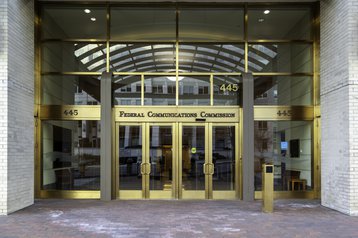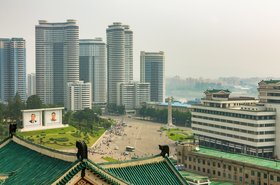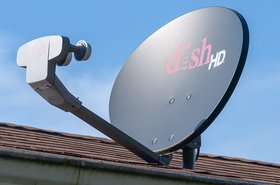The Federal Communications Commission (FCC) announced last week that it has adopted new rules to reignite the 5G Fund for Rural America following a bipartisan vote.
The regulator has proposed that as part of the first phase of the 5G Fund, to distribute up to $9 billion to bring voice and 5G mobile broadband service to rural areas of the country, which it notes are unlikely to otherwise see unsubsidized deployment of 5G-capable networks.
The purpose of the fund, which was first unveiled in 2019, is to target investment in the deployment of advanced, 5G mobile wireless broadband services in rural communities.
“With the progress we’ve made in mapping broadband service availability, there is no reason to wait to put the 5G Fund to work connecting households and businesses in rural communities across the country,” said FCC chairwoman Jessica Rosenworcel.
“We are ready to use every tool available to make sure that those who live, work, and travel in rural America have access to advanced, 5G mobile wireless broadband services.”
The new rules also include areas in Puerto Rico and the US Virgin Islands which are included in the auction.
According to the FCC, the 5G Fund Phase I auction will rely on the mobile coverage data obtained in the FCC's Broadband Data Collection – including through the commission's Mobile Speed Test app – which is reflected on the FCC’s National Broadband Map.
Back in 2021, Rosenworcel set up a task force dedicated to implementing long-overdue improvements to the agency’s broadband data and mapping tools.
It continues to gather data, which is used to update the maps to ensure that programs like the 5G Fund effectively target their resources.
It's also been used to promote the deployment of Open RAN technology, which is designed to drive the development of more open networks and improve competition, national security, and supply chain reliability.
The FCC 5G Fund now includes up to $900 million in incentives for incorporating Open RAN in 5G Fund-supported networks.







